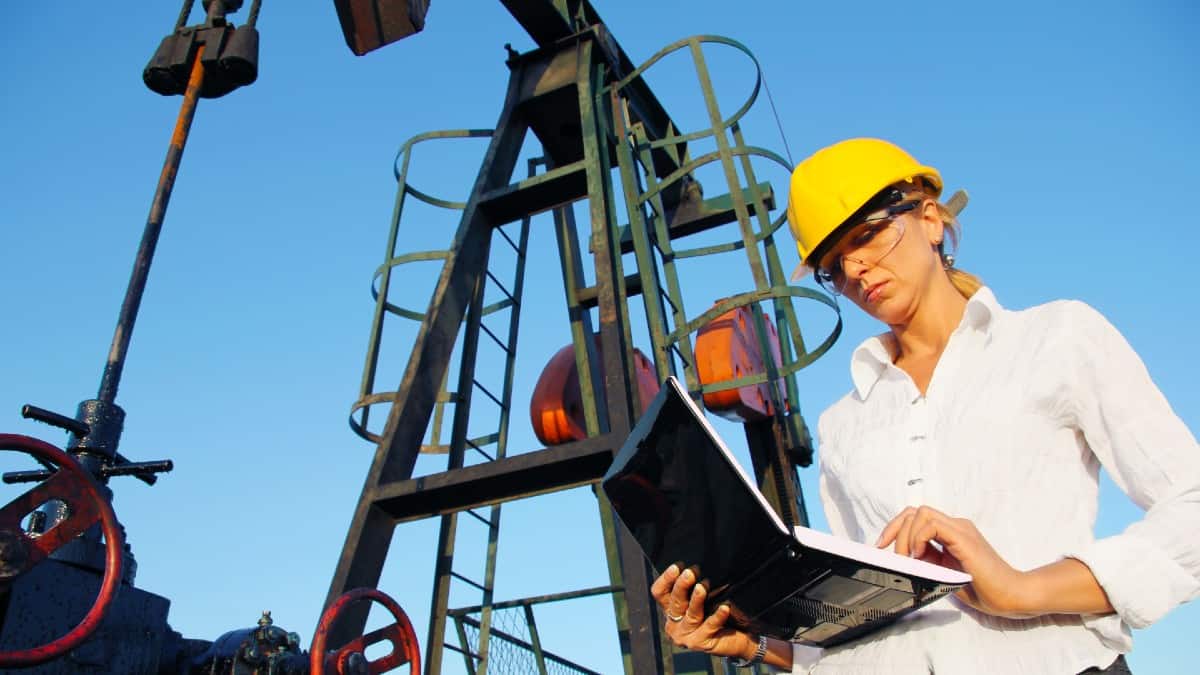
Image source: Getty Images
BP (LSE: BP) shares have dropped 29% since their 18 October 2023 12-month high of £5.62. This leaves them looking very undervalued on several key stock valuation measures.
Factoring in forecasts of a strongly rising yield from an already high base and the stock looks even more compelling to me.
Share undervaluation
On the key price-to-earnings ratio of relative stock valuation, BP currently trades at 11.5. This is joint bottom (along with Shell) of its competitor group, which has an average P/E of 14.2.
On the price-to-book measure, it is second from bottom (ahead of Shell) at a ratio of 1.3, with its peer group averaging 2.3.
And it is bottom on the price-to-sales ratio at 0.4 compared to the 1.8 average of its competitor group.
This all adds up to a stock that looks a major bargain at its current price of £4.01, in my view.
Current yield
A stock’s yield rises as its price falls and BP shares now return 5.6%. This is based on the total 2023 dividend of 28 cents (fixed at an equivalent of 22.5p).
So, £10,000 invested in BP shares would generate £560 in first-year dividends. Over 10 years on the same average yield that would increase to £5,600 and over 30 years to £16,800.
Using the dividends to buy more BP shares – ‘dividend compounding’ — would increase the payouts enormously.
Doing this on an average 5.6% yield would make an extra £7,484 instead of £5,600 after 10 years. And after 30 years, it would be an additional £43,446 in dividend payments, not £16,800!
The total investment in BP by then would pay £2,993 a year in dividends, or £249 each month.
Forecast yields
That said, consensus analysts’ forecasts are that these dividend payouts will rise in the coming years.
By the end of this year, the projection is for 23.3p. For 2025, this rises to 24.9p, and by 2026 this increases again, to 26.1p.
On the current share price, this would give respective yields in those years of 5.8%, 6.2%, and 6.5%.
By contrast, the present average yield of the FTSE 100 is 3.5%, and of the FTSE 250 3.3%.
Earnings growth
A firm’s share price and its dividend are powered by its earnings growth over time.
Much of this for BP is expected to result from a more pragmatic approach to the energy transition than had earlier been in place. This includes exploiting major new oil and gas opportunities.
The latest such development was the 23 September visit of BP’s board of directors to India to grow its business there. It already has a partnership with Indian conglomerate Reliance Industries in the oil and gas and clean energy sectors.
Data from the International Energy Agency predicts that India will account for the biggest share of global energy demand growth — at 25% — over the next two decades.
Given this, the main risk in my view to BP’s growth would be a reversion to a more rigid energy transition strategy.
As it stands, though, analysts project that it will see earnings rise by 10.6% each year to the end of 2026.
For its growth prospects, and the rises in share price and dividend that may result, I will be adding to my existing holding of BP shares very soon.













